How should espresso be tasted? What are the characteristics of standard espresso? taste requirements
Professional coffee knowledge exchange more coffee bean information please follow the coffee workshop (Wechat official account cafe_style)
For more boutique coffee beans, please add private Qianjie coffee on Wechat. WeChat account: qjcoffeex
The most important feature of espresso is that it is strong! Most espressos have a concentration range of 7% to 12%, which means that the water content is 88%. 93%. The concentration of dripping coffee is generally between 1.2% and 1.8%, which means that the water content is 98.2% 98.8%.
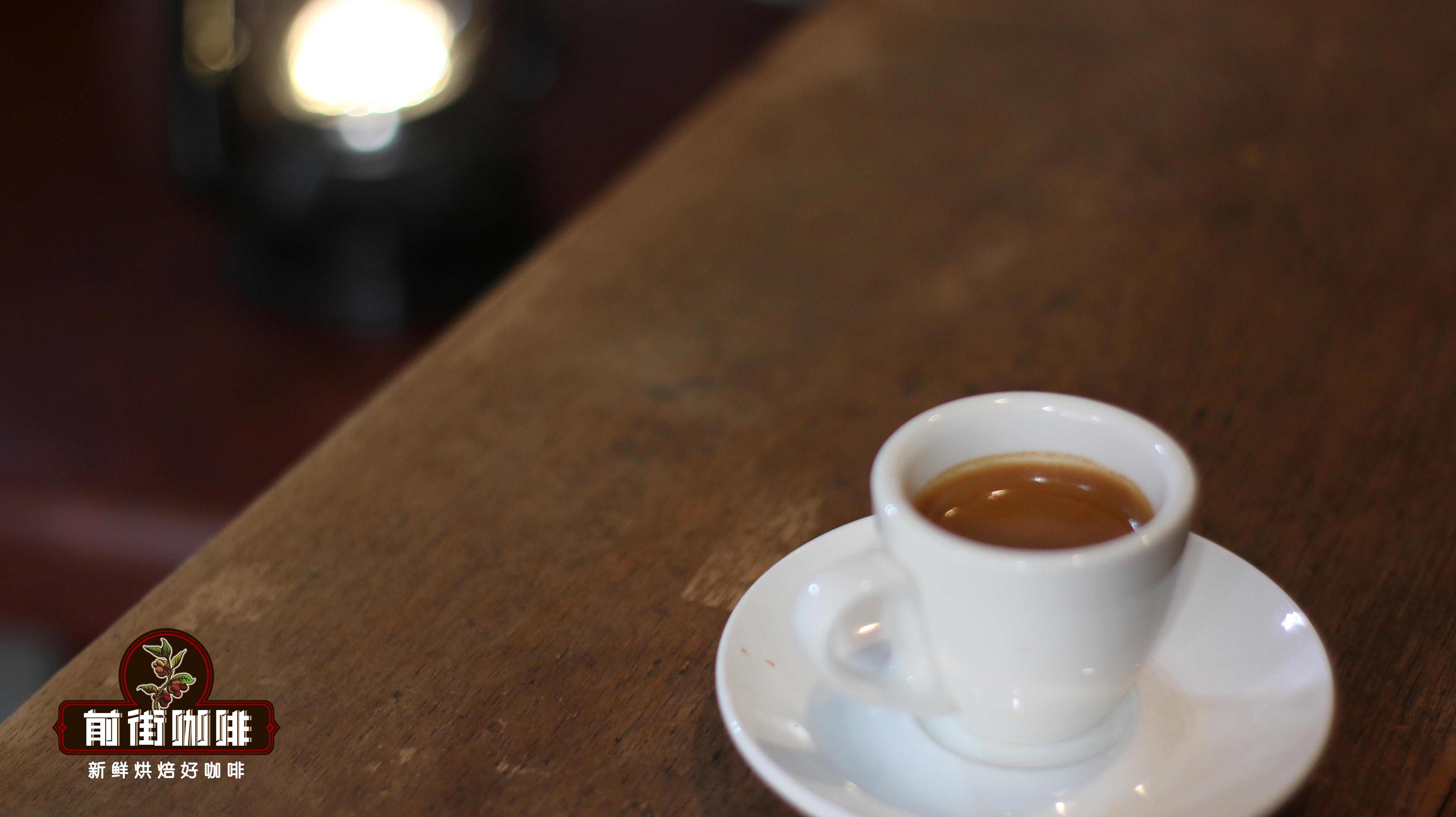
Qianjie Coffee believes that a good espresso is usually full-bodied, supple, without graininess, and ends up with a perfect sweetness in the throat and tongue.
Effect of Coffee concentration on Coffee performance
Although strong, but not bitter is a good cup of espresso evaluation of the basic criteria. Coffee concentration plays two major roles in our taste experience. The first one is the strength of the flavor. The second is the taste, texture or consistency of the coffee.
Concentration can also affect our taste perception. With the increase of coffee concentration, our ability to distinguish the various flavors in coffee is obviously weakening. When the concentration is higher, the perceived flavor intensity of coffee will also increase rapidly. Although different concentrations of the same coffee contain the same flavor substances, there will be a very different experience in your taste buds.
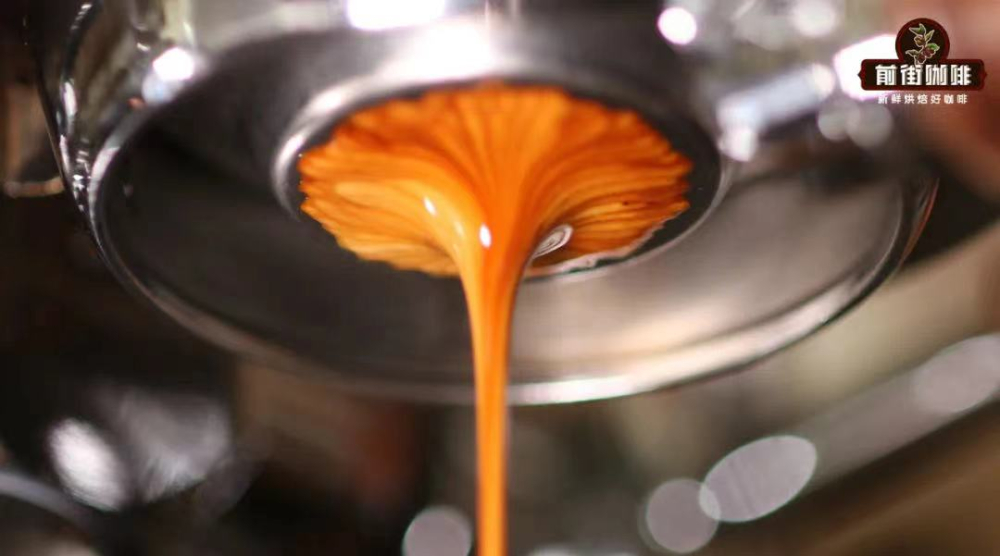
A low concentration of coffee does not necessarily mean tasteless or light. Sometimes, a lower concentration allows us to enjoy more subtle flavors, which are covered up at high concentrations. The concentrated flavor of an Italian dish with a lighter and more subtle flavor may be less intense, but it is sometimes more comfortable to drink than a strong one.
The taste element is the most important part of a good cup of coffee. When tasting a cup of coffee, everyone expects a certain degree of taste, texture or consistency. There will also be regional and cultural differences in preferences, but to be fair, Italian concentration should generally be enough to make the taster feel thick and rich. And dripping coffee should also have a certain taste and texture, so as not to taste like light water.
The key to the taste of espresso-freshly roasted coffee beans
If you want to extract a good cup of espresso, the most important thing is to use freshly roasted coffee beans and freshly ground extract. After the coffee beans are roasted, there will be a large amount of carbon dioxide in the body, which is mainly used to preserve the flavor of coffee. After baking, carbon dioxide is released over time, with flavor molecules in the coffee, so the longer the beans are stored, the weaker the aroma.
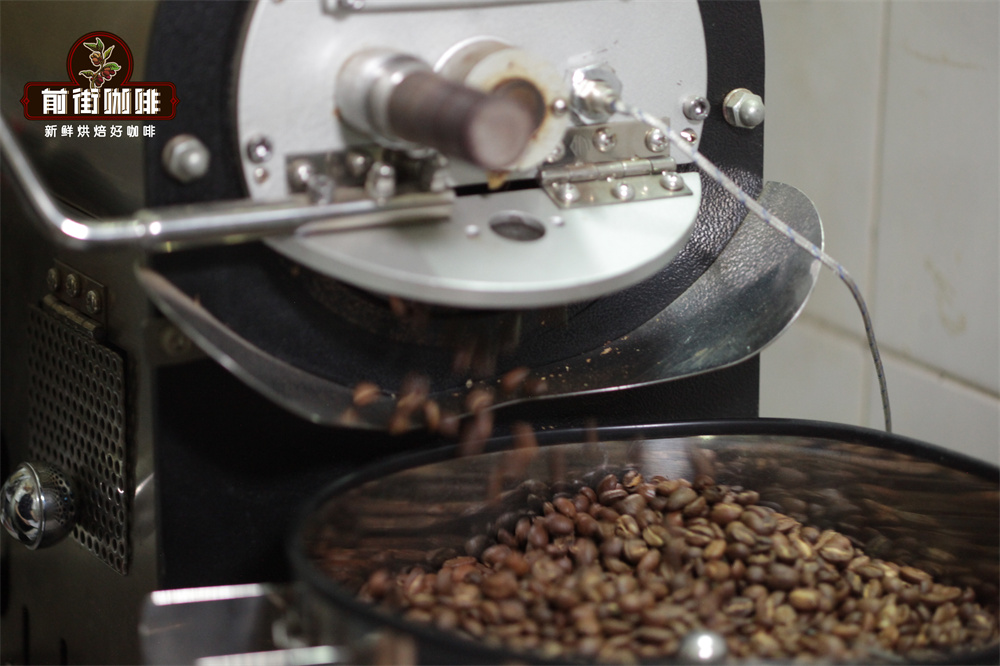
The best taste period for a packet of freshly roasted medium-and deep-roasted coffee beans is within 40 days after roasting, and the best taste period for light-to-moderate roasted coffee beans is within 30-35 days. On the other hand, the four types of Italian coffee beans sold in Qianjie Coffee are roasted in medium and deep depth and are guaranteed to be issued within 5 days after the baking is completed.
"warm sun blend coffee beans": Ethiopian sun red cherry coffee beans (30%) + Honduran sherry bucket coffee beans (70%), with strong wine aromas, sweet and sour vanilla cream, sweet and sour berries, and roasted nut flavor.
"boutique matching coffee beans": Colombian water-washed coffee beans (30%) + Brazilian half-sun coffee beans (70%), with the flavor of nuts, dark chocolate and caramel.
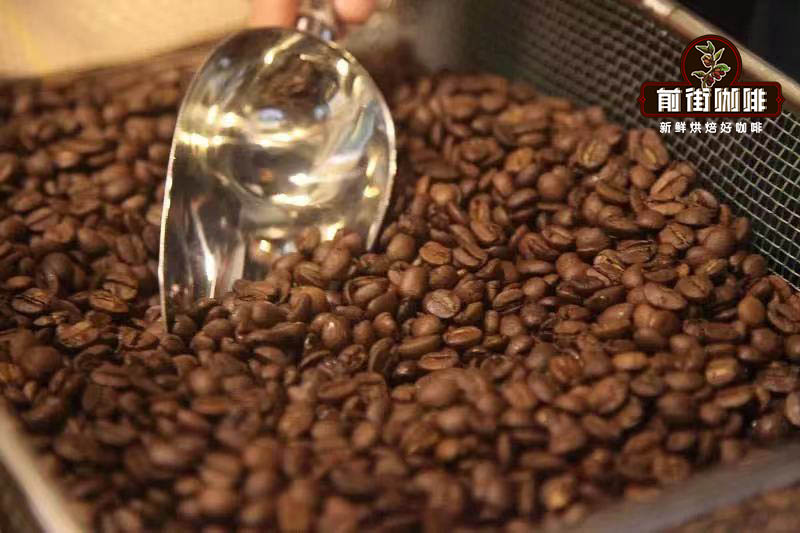
"Commercial blending of coffee beans": Robusta washed coffee beans (10%) + Colombian water washed coffee beans (30%) + Brazilian half-sun coffee (60%), with the flavor of nuts, cocoa and caramel.
"basic blending of coffee beans": Yunnan washed small coffee beans (30%) + Brazilian half-sun coffee beans (70%), with soft fruit acid, caramel and nutty flavor.
Carbon dioxide is the key to locking the flavor or the formation of espresso oil. After extraction, the surface of espresso will be covered with a delicate layer of golden coffee oil, which is the oil foam produced by the combination and emulsification of carbon dioxide in coffee particles and coffee oil in vacuum environment, so this is also the reason for fresh grinding.
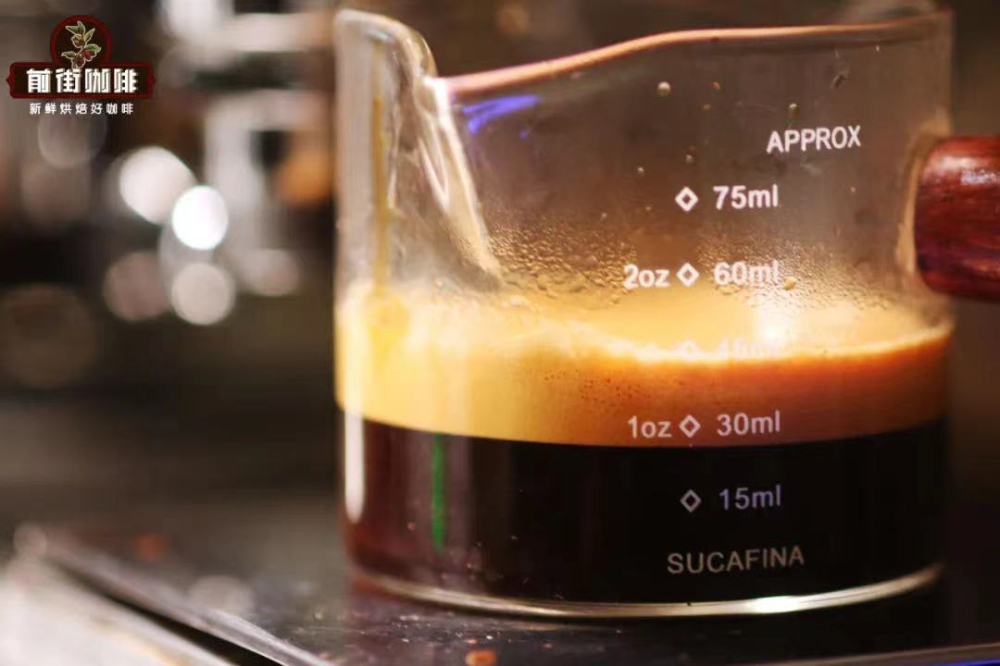
Ground coffee powder will release carbon dioxide quickly, so if it is not used in time after grinding, after a large amount of carbon dioxide is released, espresso will not be able to extract attractive oil, and it will also have a weak flavor and a thin taste.
How do you make espresso?
According to the standard of the Fine Coffee Association SCA, use 7-9 grams (double: 14-18 grams) of coffee powder to extract 25-35 grams of coffee in 20-30 seconds, the extraction pressure is 9-10bar, and the water temperature is 90-96 ℃. Each coffee shop will adjust up and down according to the coffee beans and equipment used.
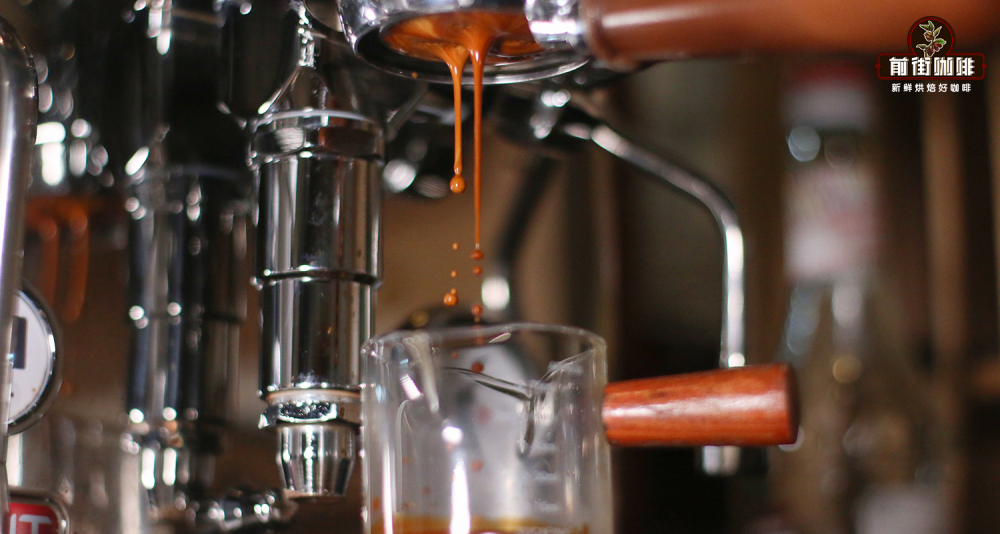
Qianjie Coffee Store will use "sunflower warm sun to mix coffee beans", 19.8g very fine ground coffee powder pressurized extraction to extract 38g coffee liquid, extraction time is about 28-32 seconds. Espresso shows smooth vanilla cream, slightly sweet and sour berries, fermented wine and sweet hazelnut caramel.
How would you like your espresso?
Before tasting, we take a sip of ice water to clean the mouth and contract the tongue muscles. After the barista presents the espresso, you can stir the coffee with a spoon to make the whole more uniform. Then taste it in three mouthfuls. The first taste of the flavor, the second taste of the mellow, the third taste of coffee and aftertaste.
Important Notice :
前街咖啡 FrontStreet Coffee has moved to new addredd:
FrontStreet Coffee Address: 315,Donghua East Road,GuangZhou
Tel:020 38364473
- Prev

What is the purpose of steaming hand-made coffee? what will happen in the process of steaming?
Professional coffee knowledge exchange more coffee bean information Please pay attention to the coffee workshop (Wechat official account cafe_style) the correct method of steaming coffee steaming in the English instructions for use is often expressed as Bloom, refers to the preparation action of wetting a small amount of hot water evenly on the surface of coffee powder during hand brewing before formal injection. There are two purposes of steaming: first, to release
- Next
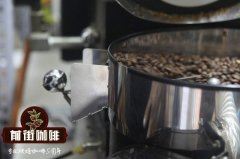
What's the difference between latte and mocha? How should I drink mocha coffee?
Professional coffee knowledge exchange more coffee bean information Please follow the coffee workshop (Wechat official account cafe_style) mocha coffee and latte are the most fancy coffee we see in cafes. Many people think that mocha coffee is similar to latte. Today we will talk about the difference between mocha coffee and latte. Although both kinds of coffee belong to Italian coffee, both are used.
Related
- Beginners will see the "Coffee pull flower" guide!
- What is the difference between ice blog purified milk and ordinary milk coffee?
- Why is the Philippines the largest producer of crops in Liberia?
- For coffee extraction, should the fine powder be retained?
- How does extracted espresso fill pressed powder? How much strength does it take to press the powder?
- How to make jasmine cold extract coffee? Is the jasmine + latte good?
- Will this little toy really make the coffee taste better? How does Lily Drip affect coffee extraction?
- Will the action of slapping the filter cup also affect coffee extraction?
- What's the difference between powder-to-water ratio and powder-to-liquid ratio?
- What is the Ethiopian local species? What does it have to do with Heirloom native species?

